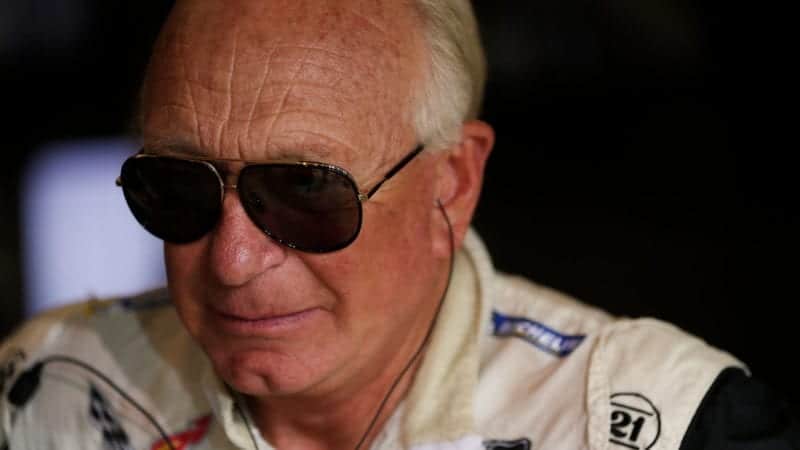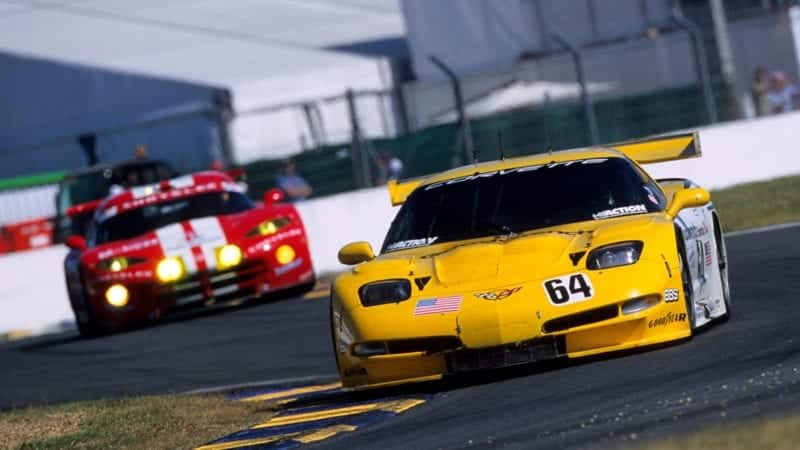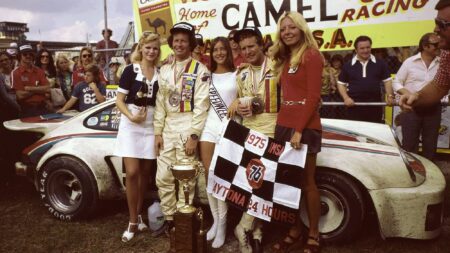A meeting of the major players was convened. Fehan sat at one end of the table. At the other was Chevrolet general manager John Middlebrook. “Racing is way more than a checkered flag and a trophy,” Fehan began. He then told the group that what the program really needed, even more than time and money, was buy-in from all the stakeholders gathered around the table – marketing, engineering, design and so on.
Fehan knew he was swimming upstream against the corporate culture at GM, where departments were ruled like independent fiefdoms. But after he finished his presentation, he was pleasantly surprised – and others around the table were no doubt shocked – when Middleton took off his glasses and announced, “This is the first race programme I’ve even seen that makes any sense at all.” And Corvette Racing was born.
Naturally, there were growing pains. The new Corvette, which had just gone into production, was an engineering marvel compared with the C4 dinosaur it was replacing. But it hadn’t been designed with racing in mind, and there was virtually no road-racing expertise in-house. So to help develop the car, Fehan hired two hometown companies – Pratt & Miller, best known for its work with the wicked-fast Intrepid GTP car, and Katech, an engine builder with race-winning experience ranging from NASCAR to Bonneville.
Ron Fellows and Chris Kneifel immediately began pounding around Grattan Raceway – a nearby club-racing rack – in a stock Corvette chassis fitted with a roll cage. Eventually, the C5-R race car would feature bespoke suspension components, a beefed-up gearbox and a 7.0-litre big-block instead of the original small-block V8. Fehan even insisted on crash-testing the car to prove it was safe. “Everybody thought this was insane,” he admits, “but it paid huge dividends.”



